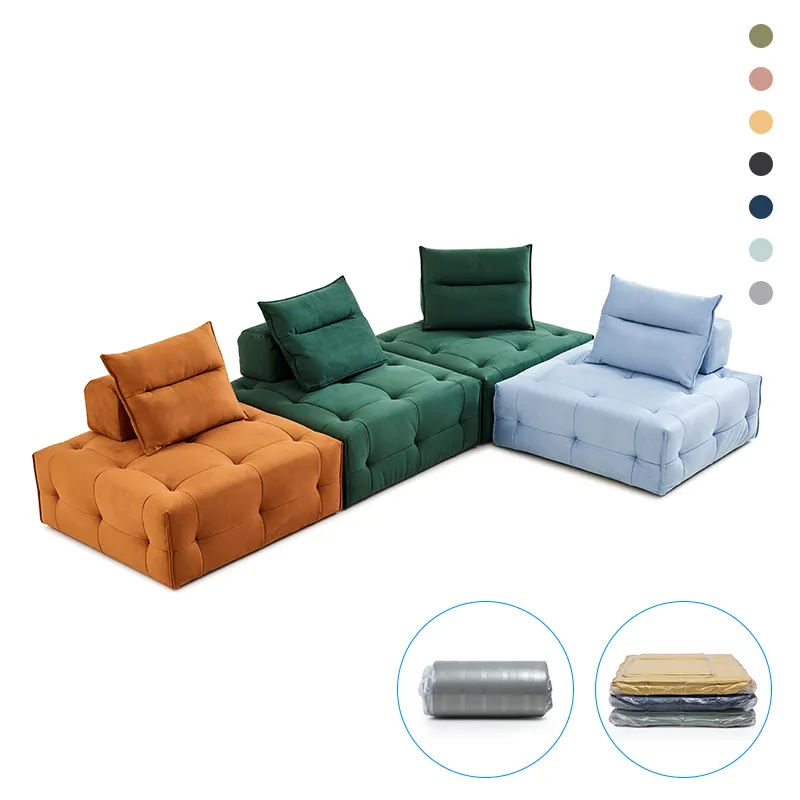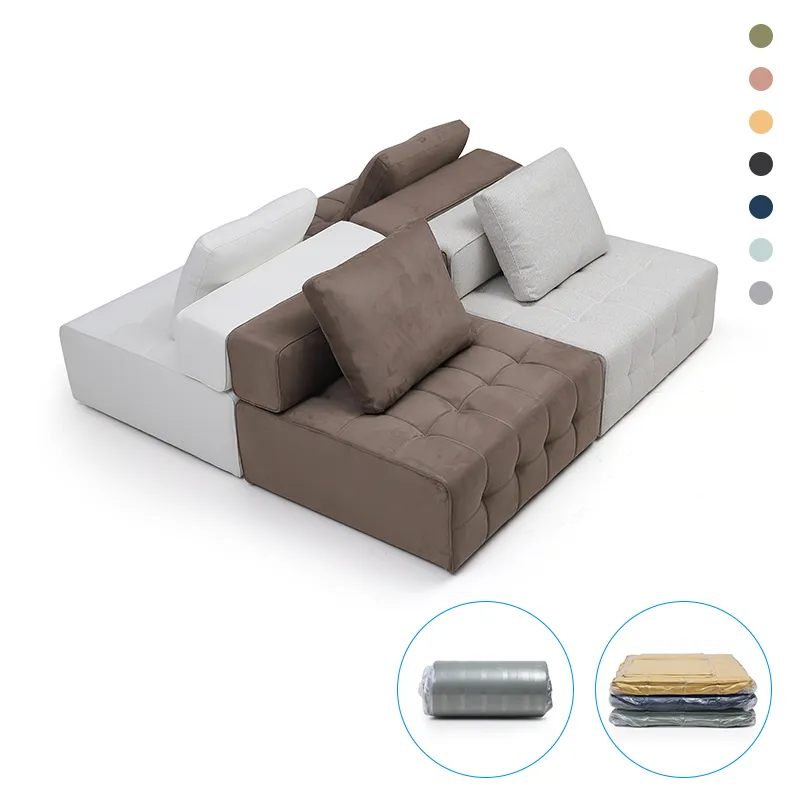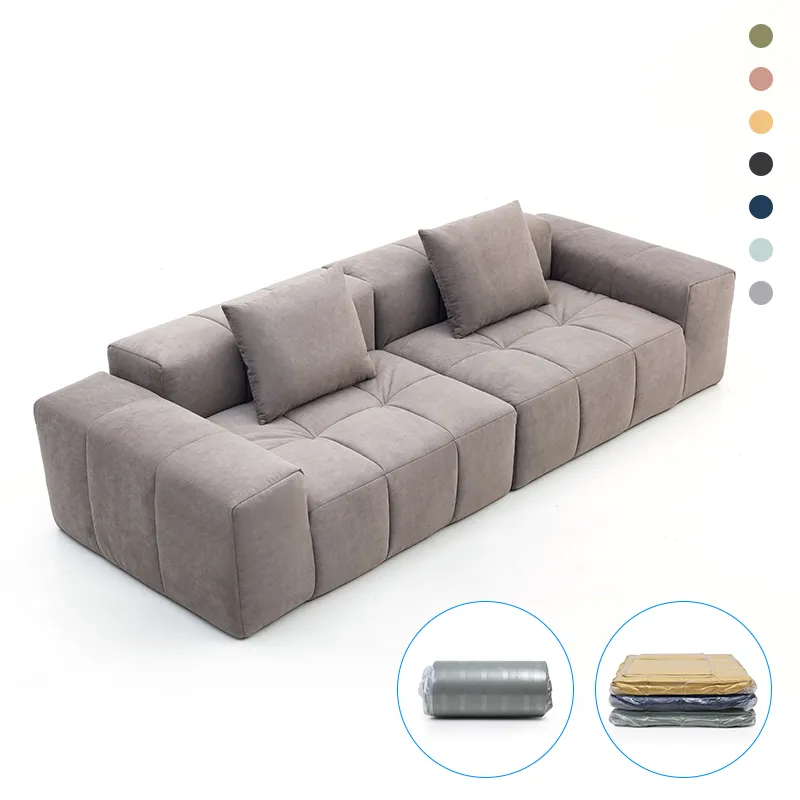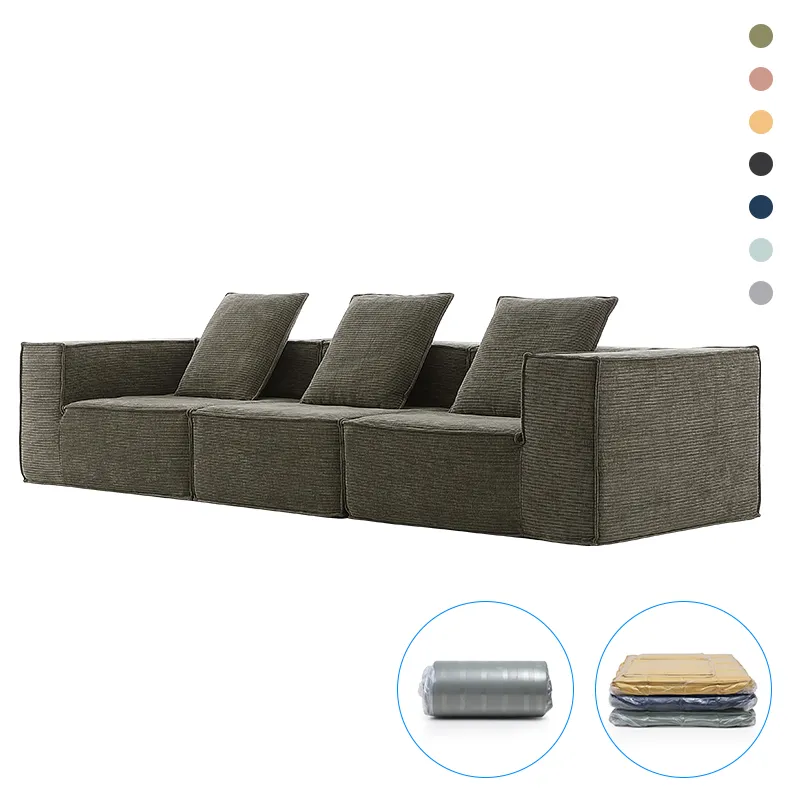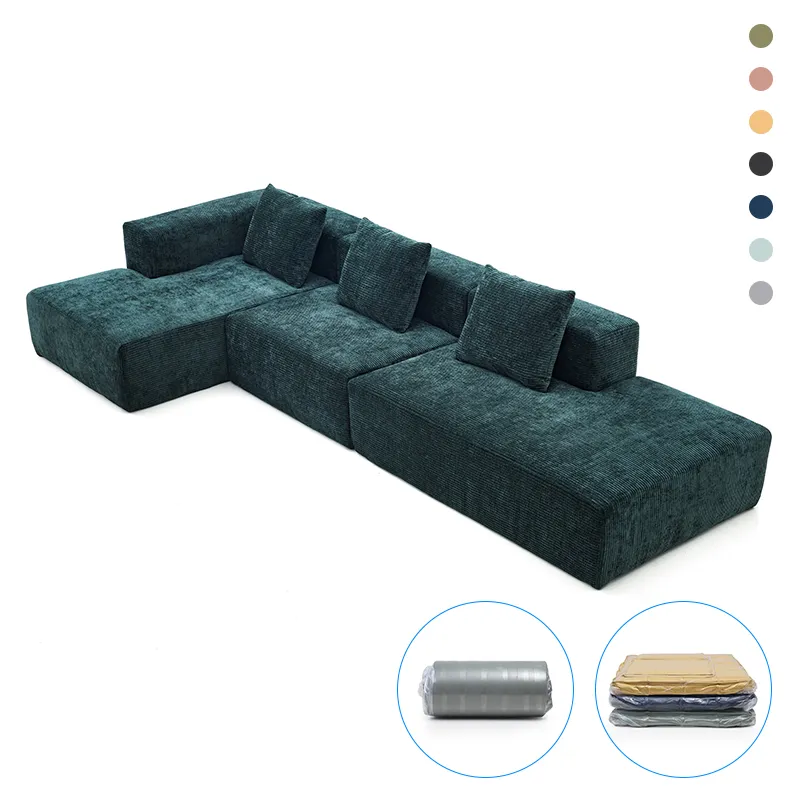Wooden Office Visitor Chair Company | Ergonomic & Durable
Inside the Wooden Office Visitor Chair Company boom—and why mesh operators are stealing the spotlight
I’ve walked enough factory floors to tell when a seating maker “gets it.” In Tangpu Industrial Park, Anji—China’s chair capital—the conversation around visitor seating is evolving fast. You still see elegant ash and beech frames rolling off lines, but, to be honest, the order boards increasingly mix in ergonomic mesh operators for hybrid workplaces. That crossover is the story today.
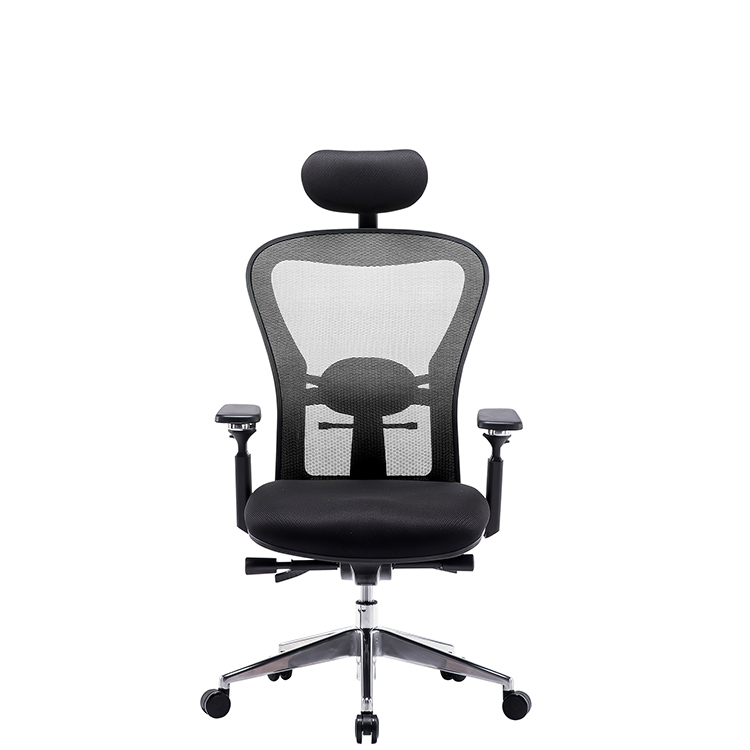
What the market is asking for now
Companies want two things that sound contradictory: warm visitor aesthetics and chiropractor-approved ergonomics for daily work. Surprisingly, factories here manage both. The wood labs source FSC-grade lumber; the operator lines bring BIFMA-rated durability, lumbar pumps, and smarter tilt geometries. Sustainability pressures don’t hurt either—low-VOC finishes, recyclable mesh, and packaging cuts are becoming table stakes.

Product spotlight: Heavy Duty Mesh Office Chairs
Built in the Anji Economic Development Zone, these operators are the kind that facilities managers earmark for long shifts. Features that stand out in real-world use:
- Chiropractor-endorsed support with an adjustable lumbar pump
- Seat slide for proper leg circulation (tall or short, you’ll feel it)
- Independent back and seat tilt; lockable mechanism for task or recline
- Contoured foam where it matters; height-adjustable arms to cut shoulder tension
| Spec | Details (≈ real-world use may vary) |
|---|---|
| Seat width/depth | ≈ 490–520 mm / 450–500 mm, with slide range ≈ 50 mm |
| Back height | ≈ 560–620 mm adjustable |
| Tilt & lock | Synchro tilt 2:1, lockable at multiple angles |
| Base/gas lift | Aluminum or reinforced nylon; Class-4 gas lift |
| Load rating | ≥ 136 kg (300 lb) static; BIFMA X5.1 cyclic tests |
| Service life | Designed for 8–10 years in typical commercial use |
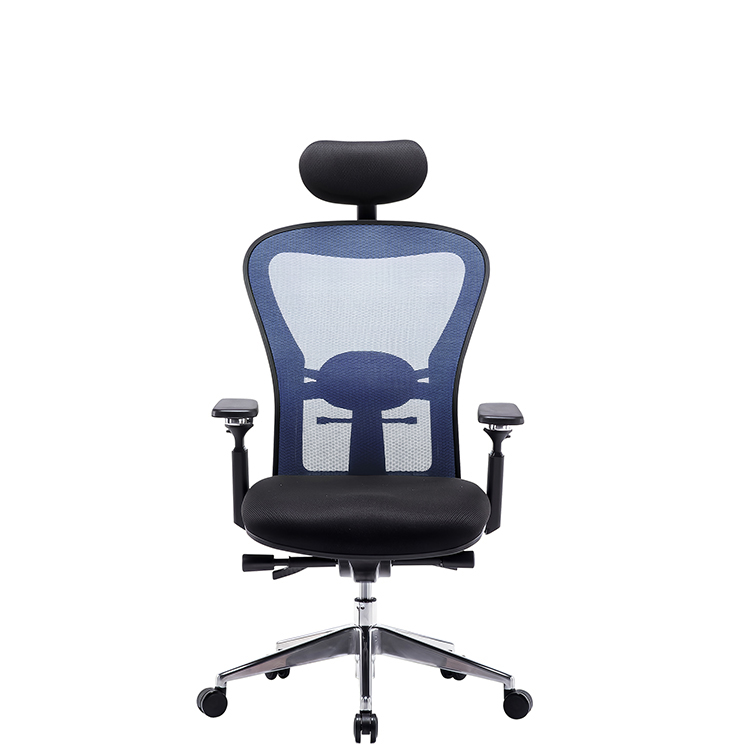
How it’s made: materials, methods, and tests
Wood visitor lines use kiln-dried ash or beech with classic mortise-and-tenon, waterborne finishes (E0/E1). Operator frames lean on PA6/PA66 nylon blends, die-cast aluminum bases, and cold-cured contoured foam. CNC cutting, robotic welding, and mesh tensioning rigs keep tolerances consistent—yes, you can see the jigs.
Testing: ANSI/BIFMA X5.1 cyclic seat/back (up to 120,000 cycles), arm load 450 N, base drop tests, gas-lift fatigue, and EN 1335 dimension checks. Salt-spray for plated parts (≥ 24–48 h), VOC per CA 01350/GREENGUARD-style protocols, fabrics at ≥ 50,000 Martindale rubs. A recent batch I saw cleared seat impact 136 kg × 10 drops with margin.

Where it fits
- Reception and meeting rooms: wood visitors keep the warm, brand-right look
- Open-plan/hybrid areas: mesh operators for long-seat tasks and hot desks
- Healthcare/education: wipeable fabrics, low-VOC finishes
Many customers say switching the hot-desk pool to the lumbar-pump operators cut mid-afternoon fatigue. It seems that adjustability beats aesthetics when people sit 6+ hours.
| Vendor | Certs/Standards | Customization | QC & Warranty |
|---|---|---|---|
| Factory in Anji | ANSI/BIFMA, EN 1335; FSC wood, optional GREENGUARD fabrics | Colors, arms, bases, logos; lead time ≈ 25–35 days | Incoming/inline/final AQL; 5-year typical warranty |
| Generic importer | Claims BIFMA; partial reports | Limited options; 45+ days | Spot QC; 1–2 years |
| Local workshop | Varies; often no lab tests | High flexibility; small batches | Informal; depends on owner |

Customization and a quick case
Options: stain and fabric books for visitors, breathable meshes for operators, arm types, castors (soft/hard floors), embroidered logos, and flat-pack export cartons.
Case: a European coworking brand rolled out 500 operator units and 120 wooden visitors. After three months, reported discomfort tickets dropped ≈ 38%, and meeting rooms got unsolicited “looks great” comments. Not scientific, but telling.
If you’re shortlisting partners, add Wooden Office Visitor Chair Company criteria like verified BIFMA reports, FSC chain-of-custody, and gas-lift traceability. And yes, ask for cycle-test data—don’t be shy.
Citations
share:
-
Chairs Meeting Room: The Ultimate Guide to Choosing Ergonomic, Sustainable SeatingNewsNov.24,2025
-
The Global Appeal and Practical Benefits of Blue Meeting Room Chairs | Laining GlobalNewsNov.23,2025
-
Black Meeting Room Chairs: Durable, Ergonomic & Stylish Seating for Modern WorkspacesNewsNov.23,2025
-
Stackable Meeting Room Chairs - Durable, Efficient & Space-Saving SolutionsNewsNov.22,2025
-
Office Meeting Room Chairs – Comfort, Durability & Sustainability in Modern OfficesNewsNov.22,2025
-
Choosing the Best Office Chairs for Meeting Rooms: Comfort Meets StyleNewsNov.22,2025
-
Optimizing Office Spaces: The Essential Guide to Meeting Room Table and ChairsNewsNov.21,2025


